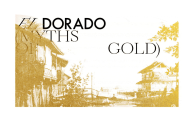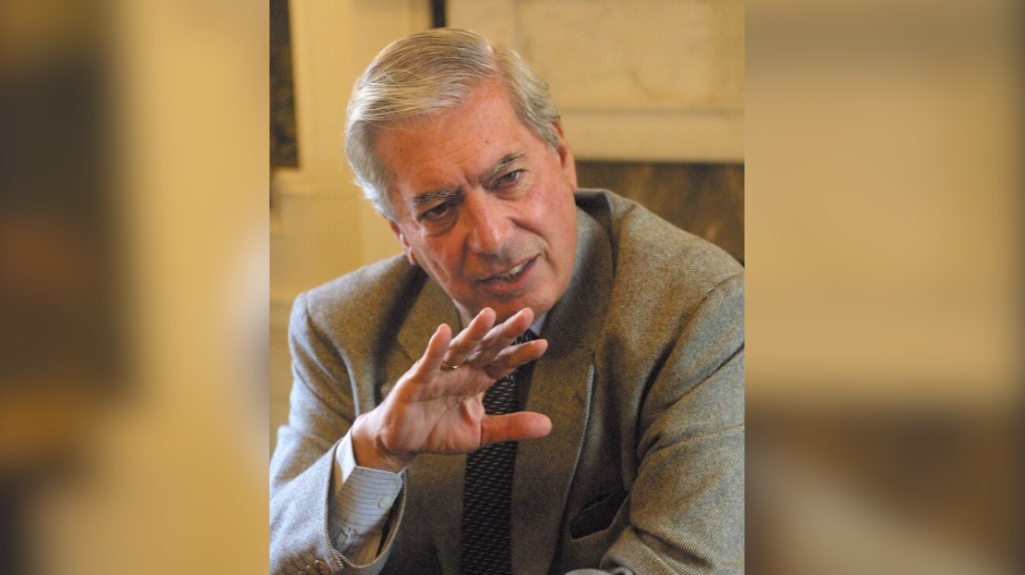Opening January 24, Part II of El Dorado: Myths of Gold
Opening January 24, Part II of El Dorado: Myths of Gold
In conjunction with the exhibition, AS will launch an accompanying book exploring the foundational myth of the Americas.
El Dorado: Myths of Gold
Part I: On view from September 6, 2023 through December 16, 2023.
Part II: On view from January 24, 2024 through May 18, 2024.
January 10, 2024—Americas Society opens Part II of El Dorado: Myths of Gold and launches the book El Dorado: A Reader.
The show, which explores the myth of El Dorado from the pre-Hispanic period to the contemporary era, is co-curated by Aimé Iglesias Lukin, Director and Chief Curator, Art at Americas Society; Tie Jojima, Associate Curator, Manager of Exhibitions, Art at Americas Society; and Edward J. Sullivan, the Helen Gould Sheppard Professor of Art History, New York University.
The exhibition brings together more than 100 objects and artworks that explore the myth as a foundational narrative of the Americas. It includes paintings, prints, photographs, sculptures, engravings, and videos that offer new interpretations and questions about the myth from a hemispheric lens.
Since the invasion of Europeans to the Americas, rumors spread quickly about a kingdom filled with gold, driving conquistadores to find it. Despite never being found, the mythical El Dorado defined the continent as an empty land up for grabs. El Dorado: Myths of Gold brings together artworks and artists that engage with the myth, sometimes offering a critical view and a path of resistance.
Organized in collaboration with Fundación PROA in Buenos Aires (Argentina) and Museo Amparo in Puebla (Mexico), the exhibition takes place in two parts: Part I from September through December 2023 and Part II from January through May 2024.
Part II highlights the work of artists like Carlos Motta, whose practice delves into themes such as gender and sexuality, colonialism, and political activism. In his video Nefandus Trilogy, he presents two individuals on a boat and two monologues, one in Spanish and the other in Kogi, an indigenous language, reflecting upon different forms of oppression of Indigenous peoples as a result of colonization. Part II also showcases the work of Mathias Goeritz, a German emigree living in Mexico who incorporated gold in monochromatic pieces to evoke a sense of awe.
The exhibit includes works by artists of the Lambayeque civilization in the northern Pacific coast of Peru, as well as metal disks and plaques by artists of the greater Chiriquí region, geographically spanning what today is Costa Rica.
“Through their use of gold, both physical and metaphorical, the artists in this exhibition emphasize to us the ambivalent power of myth in conditioning who we are as a region, opening space for us to resist extractive systems and to reconsider what we are seeking,” writes the exhibition curatorial team.
Americas Society is publishing El Dorado: A Reader, a scholarly book that features texts about El Dorado by leading scholars, as well as excerpts of historical texts that helped perpetuate the myth from the sixteenth to the nineteenth century. An exhibition catalog, launched during Part I of the show, is also available.
These books and this exhibition reflect on the contemporary relevance of the myth of El Dorado as a metaphor of the way in which we still think of the Americas as a territory for discovery and extraction.
Press contact: mediarelations@as-coa.org
Funders and sponsors
El Dorado: A Reader was made possible with the major support of Rio Tinto.
The presentation of the exhibition El Dorado: Myths of Gold and related programming has been made possible by generous support from the National Endowment for the Arts, by public funds from the New York City Department of Cultural Affairs and New York State Council on the Arts with the support of the Office of the Governor and the New York State Legislature.
Additional support was provided by Furthermore: a program of the J. M. Kaplan Fund. Since 2020, Americas Society, Fundación PROA, and Museo Amparo have been joining efforts to conceptualize and bring to life the Project El Dorado, resulting in a convening, as well as a series of publications and exhibitions different for each institution (Proa 2023, Amparo 2024).
The group exhibition on the legend of El Dorado as a foundational myth of the Americas ran from January 24 through May 18, 2024.










